In Irish folklore, the banshee—bean sídhe in Gaelic, meaning “woman of the fairy mounds”—haunts the imagination as a ghostly harbinger of death. According to legend, her piercing cry, known as “keening,” warns that death is near.
Unlike the Grim Reaper, who appears only to the dying, the banshee wails for the entire family, signaling the imminent loss of a loved one. In some tales, she combs her hair with a silver comb—a detail that spawned a chilling superstition in Ireland. Finding a comb on the ground became a dreaded omen, as people believed it might belong to a banshee.
Sorrowful Spirit or Malevolent Wraith?
The banshee’s appearance varies widely across folklore, making her all the more unpredictable—and terrifying. In different accounts, she appears as:
- A pale, ethereal woman with long, flowing hair—sometimes silver, red, or white—her eyes bloodshot from eternal weeping.
- An old crone with a wrinkled face and hollow eyes, hunched over and wailing in grief.
- A headless figure, clutching a bowl of blood, draped in a cloak, naked from the waist up.
- A spectral laundress, seen scrubbing blood-stained clothes by the river—a haunting symbol of impending death.
In some versions, she glides through the air in a mist, vanishing with the sound of flapping wings. Other tales describe her as faceless, with hollow eyes and a form barely more than a shadow.
Though fearsome, the banshee does not cause death—she merely warns of its approach. Yet, her mournful presence alone is enough to fill the hearts of those who hear her with dread.
The Dual Nature of the Wailing Spirit
While the banshee is often viewed as a harbinger of doom, folklore offers two contrasting portrayals of her character—one sorrowful, the other malevolent.
The Benevolent Banshee:
In older Irish legends, the banshee sometimes appears as a compassionate figure. She mourns the death of a beloved family member, her haunting song filled with love and sorrow—a spectral farewell to the soon-to-be-lost.
The Malevolent Banshee:
Darker tales paint her as a vengeful spirit, shrieking with cruel delight at the death of those she despises. Some claim she is the ghost of a murdered woman, condemned to wander the earth and forewarn others of violent deaths.
In even more sinister versions, her scream itself becomes deadly, driving those who hear it into madness or despair. Some legends suggest evil banshees celebrate death rather than mourn it, their shrieks brimming with malicious glee.
The History and Origins of the Banshee Legend
The banshee’s legend stretches deep into Irish history, with origins dating back to the 8th century. Her myth is believed to have evolved from keening—an ancient form of mourning where women would wail and sing at funerals.
These professional mourners, known as “keeners,” were often paid in alcohol for their grief-stricken performances. Because of this perceived sinful indulgence, folklore claimed that keeners were cursed to become banshees after death, doomed to lament forever.
By the 14th century, written accounts of banshees became more common. The earliest documented reference appears in 1380, with mentions of wailing spirits haunting the Irish countryside in Norman literature.
Chilling Historical Encounters
For centuries, many believed the banshee was more than just a fireside tale. Countless individuals claimed to have seen her or heard her mournful cry.
1437: The Banshee and the Scottish King
In one of the most famous alleged banshee sightings, a seer reportedly appeared before King James I of Scotland and predicted his violent death. That very night, the king was assassinated. Some claimed the banshee herself had foretold his fate.
1649: Lady Fanshawe’s Terrifying Vision
In 1649, Lady Anne Fanshawe, an English noblewoman, recorded a chilling experience in her memoirs. While visiting a friend’s estate in Ireland, she awoke in the dead of night to a piercing cry. When she glanced out the window, she saw a pale, red-haired woman dressed in white wailing three times. Moments later, she learned her friend’s cousin had died unexpectedly.
1801: The Rossmore Incident
In 1801, Lord Rossmore, the Commander-in-Chief of the British forces in Ireland, allegedly encountered a banshee. After returning home from a party, his guests, wife, and maid claimed they heard his name called out three times by an unseen voice. The next morning, they found Rossmore dead—struck by a heart attack at the same hour the banshee’s voice was heard.
The Banshee’s Eternal Lament
Whether viewed as a sorrowful mourner or a cruel wraith, the banshee remains one of Celtic folklore’s most haunting spirits. Her mournful cry transcends time, echoing the fragile boundary between life and death. Though she does not cause death, her presence foretells its inevitable arrival—a chilling reminder of mortality that lingers in the shadows of Irish legend.
Don’t forget to tune in…
If you’ve enjoyed this article, there are also articles on Scáthach the shadowy warrior Queen who shaped Celtic legend.
Or my story about the Morrígan, the phantom Queen of War, Fate, and Death in Irish Mythology.
You can now tune in to the full audio version of this week’s blog here Bells Books Blog Podcast, or it is now available on Amazon Music/Audible, Apple Podcasts, Castbox, Deezer, iHeart Radio, JioSaavn, Podcast Addict, Podchaser, Spotify, and Spreaker.
Thank you for joining me in this week as we explore the dark and haunting figures of Celtic mythology—women whose power could shatter kingdoms, curse warriors, and leave even the bravest souls trembling.
If you’ve enjoyed this article, I encourage you to sign up for my weekly blog. When you do so you will get a free copy of Yesteryear’s Ruin, the prequel to my new Case 47 series.
Until next time, keep your curiosity alive and your imagination ignited— and as always, keep the past alive!

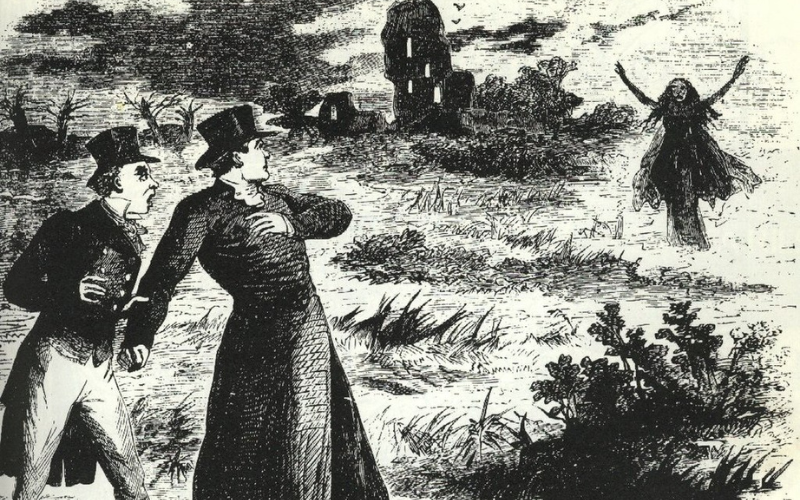
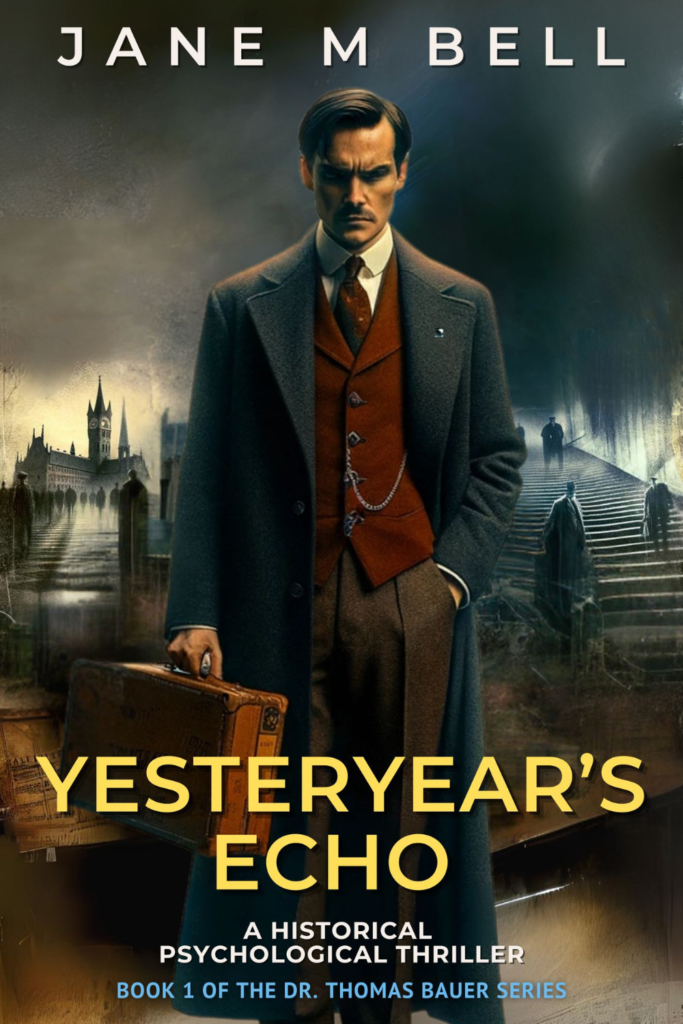
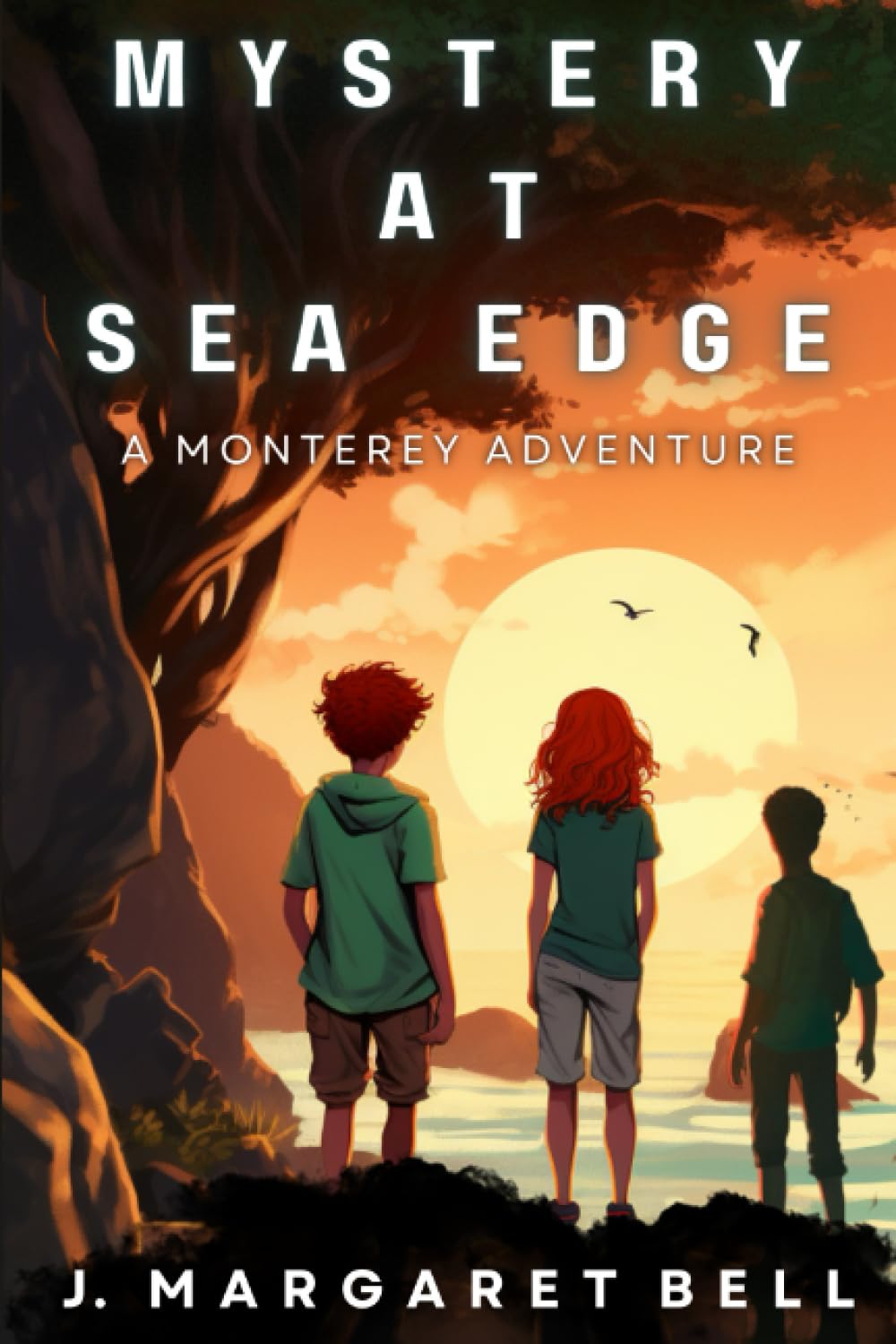
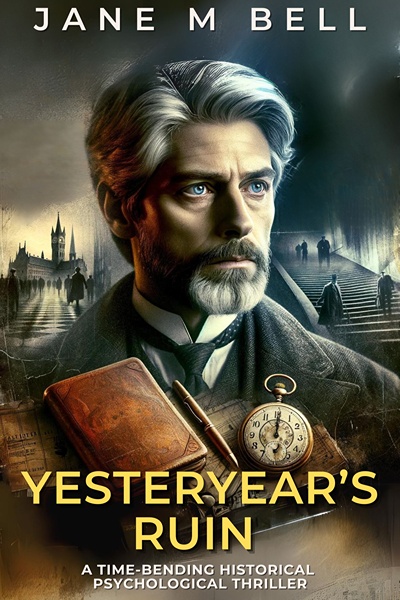
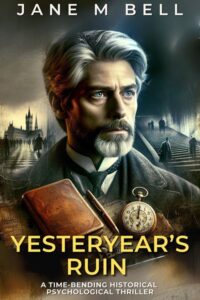 “Yesteryear’s Ruin” captures the essence of human resilience in the face of unimaginable loss. Through a narrative that weaves together love, despair, and the quest for redemption, this historical psychological thriller invites readers into a world where the past is not merely a memory, but a realm that may hold the key to our deepest desires and darkest fears.
“Yesteryear’s Ruin” captures the essence of human resilience in the face of unimaginable loss. Through a narrative that weaves together love, despair, and the quest for redemption, this historical psychological thriller invites readers into a world where the past is not merely a memory, but a realm that may hold the key to our deepest desires and darkest fears.